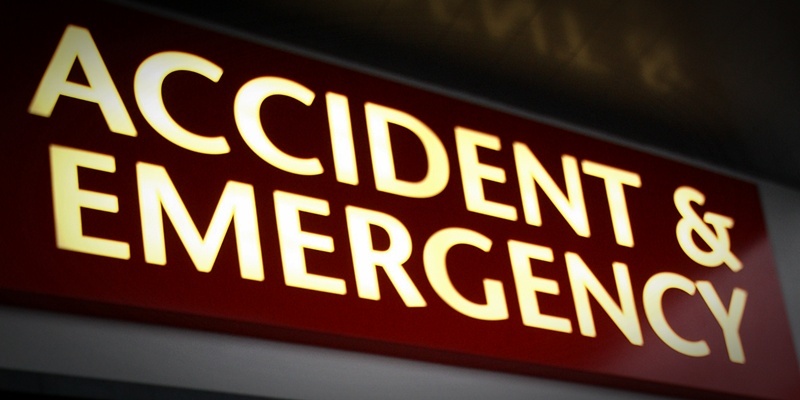Alcohol-related injuries are clogging up accident and emergency departments in Scotland’s hospitals, a major new report has revealed.
The Scottish Trauma Audit Group found that 40% of all trauma injuries treated in Scotland’s hospitals were alcohol related.
The report, which examined how many patients over the age of 13 were treated for serious injuries in 20 Scottish hospitals last year, also found the accident and emergency department at Ninewells Hospital in Dundee dealt with the third most trauma injuries in the country.
There were 518 trauma victims treated at Ninewells in 2011, nearly 10 every week. Only Edinburgh Royal Infirmary and Glasgow Royal Infirmary treated more patients 720 and 532 cases respectively.
Dunfermline’s Queen Margaret Hospital treated 224 trauma cases, while there were 27 cases at Victoria Hospital in Kirkcaldy.
But the report emphasised the ”alarming” part alcohol plays in nearly half of all trauma injuries. Of the 5,045 patients treated in Scotland last year, alcohol played a role in four out of every 10 incidents.
It showed the more serious the injury the more likely it is alcohol was a factor.
Drink was involved in just 17% of minor traumas and 22% of moderate cases but played a part in more than a third (37%) of all major trauma cases.
Additionally, alcohol was involved in more than half of all trauma injuries caused by assault (57%) and more than a third (34%) of falls greater than two metres.
In 2011, 95% of patients sustained a blunt injury, with the remaining 5% classified as having a penetrating injury.
The report found that since the last audit was carried out in 2002 trauma patients’ chances of survival have increased and that 83% of those who suffered major trauma survived, compared to 73% over the previous decade.
Nearly 80% of trauma patients were transported to hospital by ambulance.
A Scottish Government spokesman said: ”Trauma care in Scotland is of a very high standard and this report shows that there has been an improvement in overall survival of trauma patients since the last audit period in 2002.
”However, the report also shows the increasing involvement of alcohol in severe traumas, with alcohol associated with almost 40% of incidents. This is far too high but the latest in a long line of statistics that show why we are so committed to tackling Scotland’s poor relationship with alcohol.”
She added: ”That is why we have introduced the minimum unit price, alongside this our alcohol framework outlines over 40 measures to reduce alcohol related harm by helping prevent problems in the first place and by improving support and treatment for those who are already experiencing problems.”
